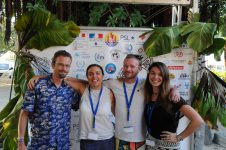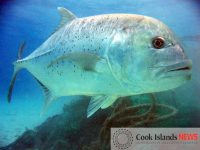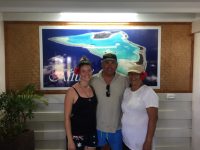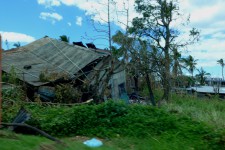Author Archives: Lena Rölfer
Back to where results belong
REPICORE at the 10th Indo-Pacific Fish Conference

From 2-6 October, members of the REPICORE team had the opportunity to present their work at the 10th Indo-Pacific Fish Conference, which was organized this year in Papeete/Tahiti, the capital of French Polynesia, by the French CRIOBE. The conference, the largest of its kind, brought together nearly 500 participants from …
Sidelining God: why secular climate projects in the Pacific Islands are failing
July – month of conferences

Over the past month Janne attended three conferences and seminars and presented findings from her research at each of them. From 5-7 July the MARE conference ‘People & the Sea IX: Dealing with Maritime Mobilities’ took place at the University of Amsterdam (NL). Organized by the Centre for Maritime Research …
Small Marine Protected Areas in Fiji Provide Refuge for Reef Fish Assemblages, Feeding Groups, and Corals

Establishing Marine Protected Areas (MPAs) is a common strategy to conserve marine ecosystem and to enhance the recovery of degraded systems. Large MPAs have been shown to be very effective, while the effectiveness of small MPAs (here <1km²) is still discussed. Small MPAs might not be sufficient in size to …
Multiple Drivers of Local (Non-) Compliance in Community-Based Marine Resource Management: Case Studies from the South Pacific

Compliance is key to successful resource management. But what influences compliance behavior with marine resource management in fishing communities in the South Pacific? The social, political and economic contexts are decisive. Our study reveals multiple drivers for non-compliance related to perceptions of limited legitimacy of rules and rule-makers, market …
Coral bleaching in the Aitutaki Lagoon 2016/2017

By Natalie Prinz. Even though the southern Cook Islands were spared from severe coral bleaching in the recent large-scale global bleaching event, the El Niño in 2015/16, we experienced bleaching this year in the Aitutaki Lagoon. In the Aitutaki Lagoon the first bleached corals have been observed as early …







